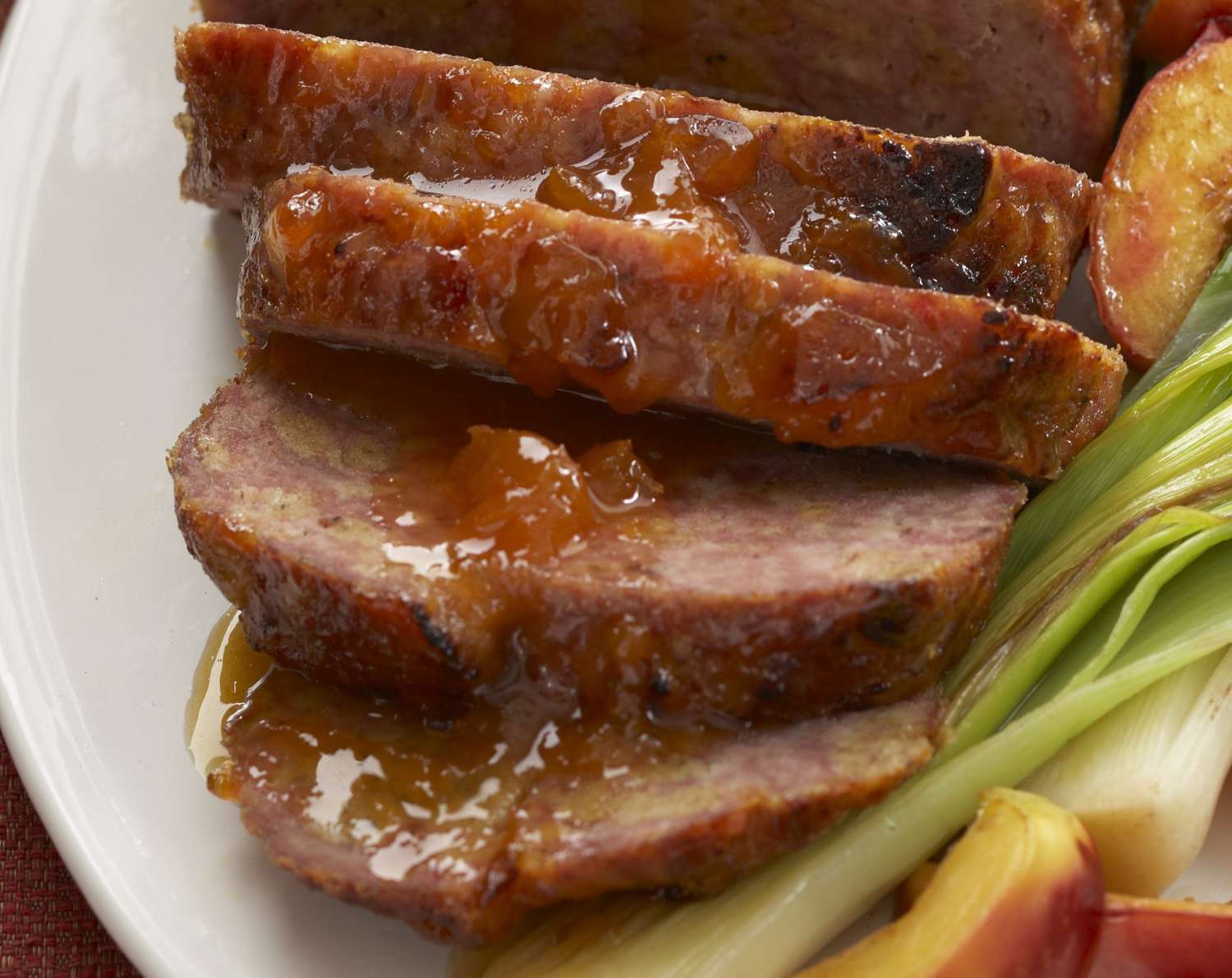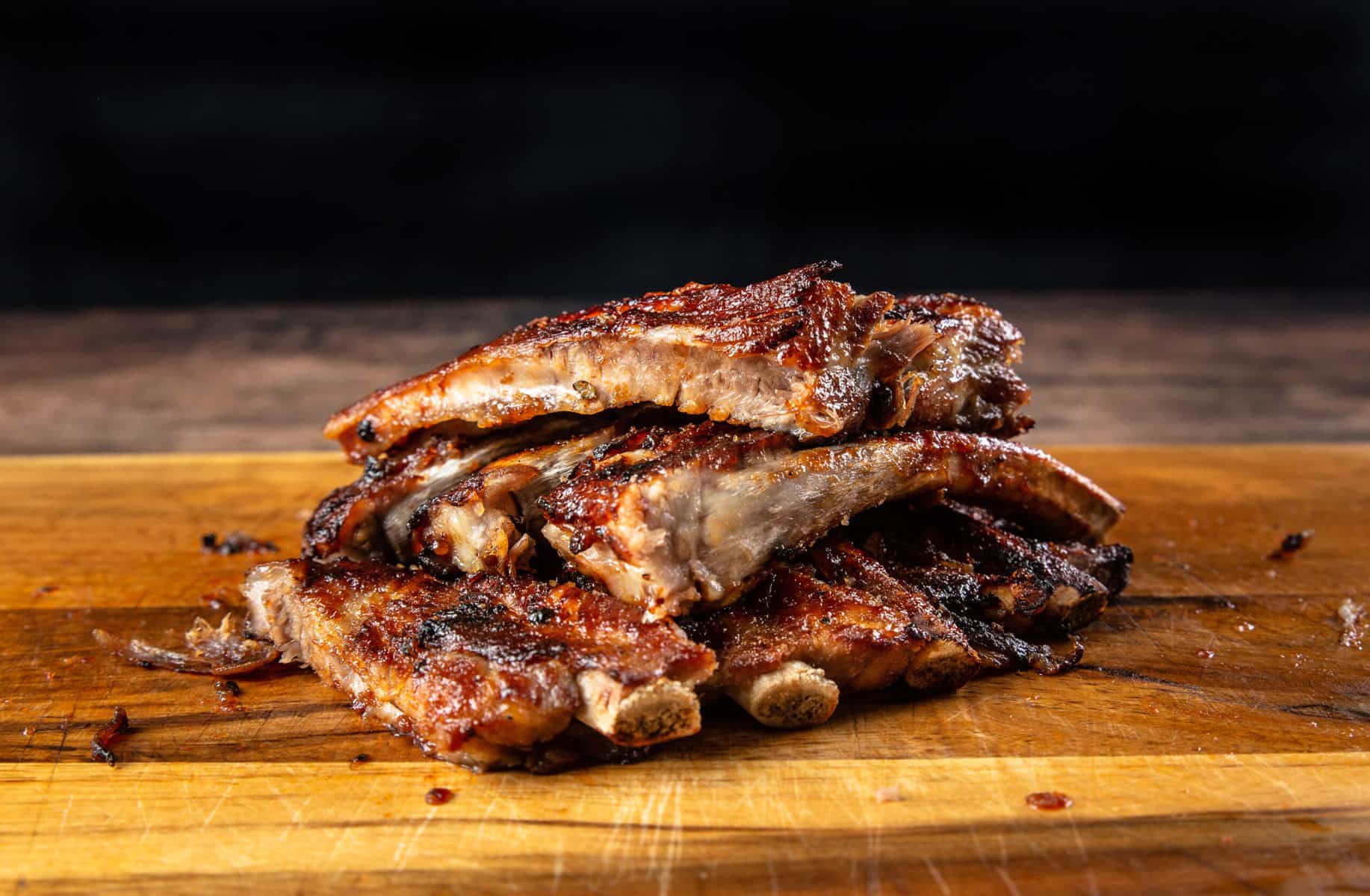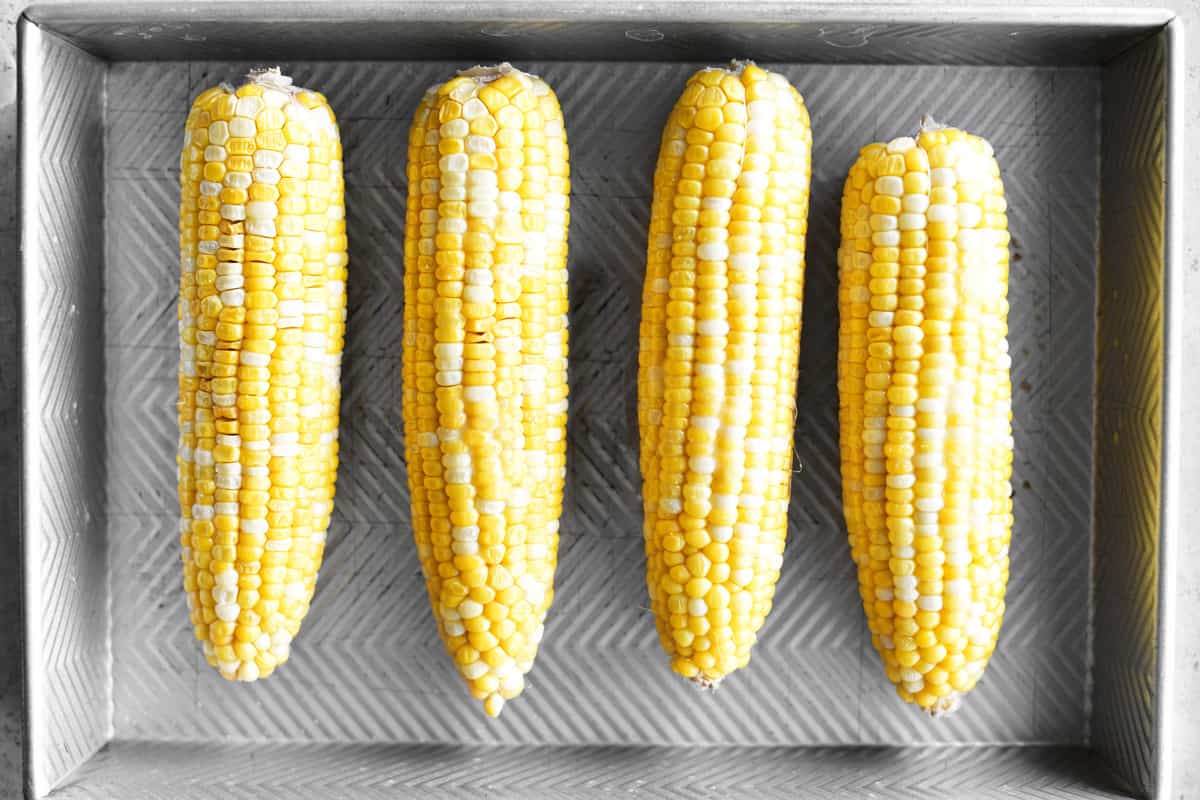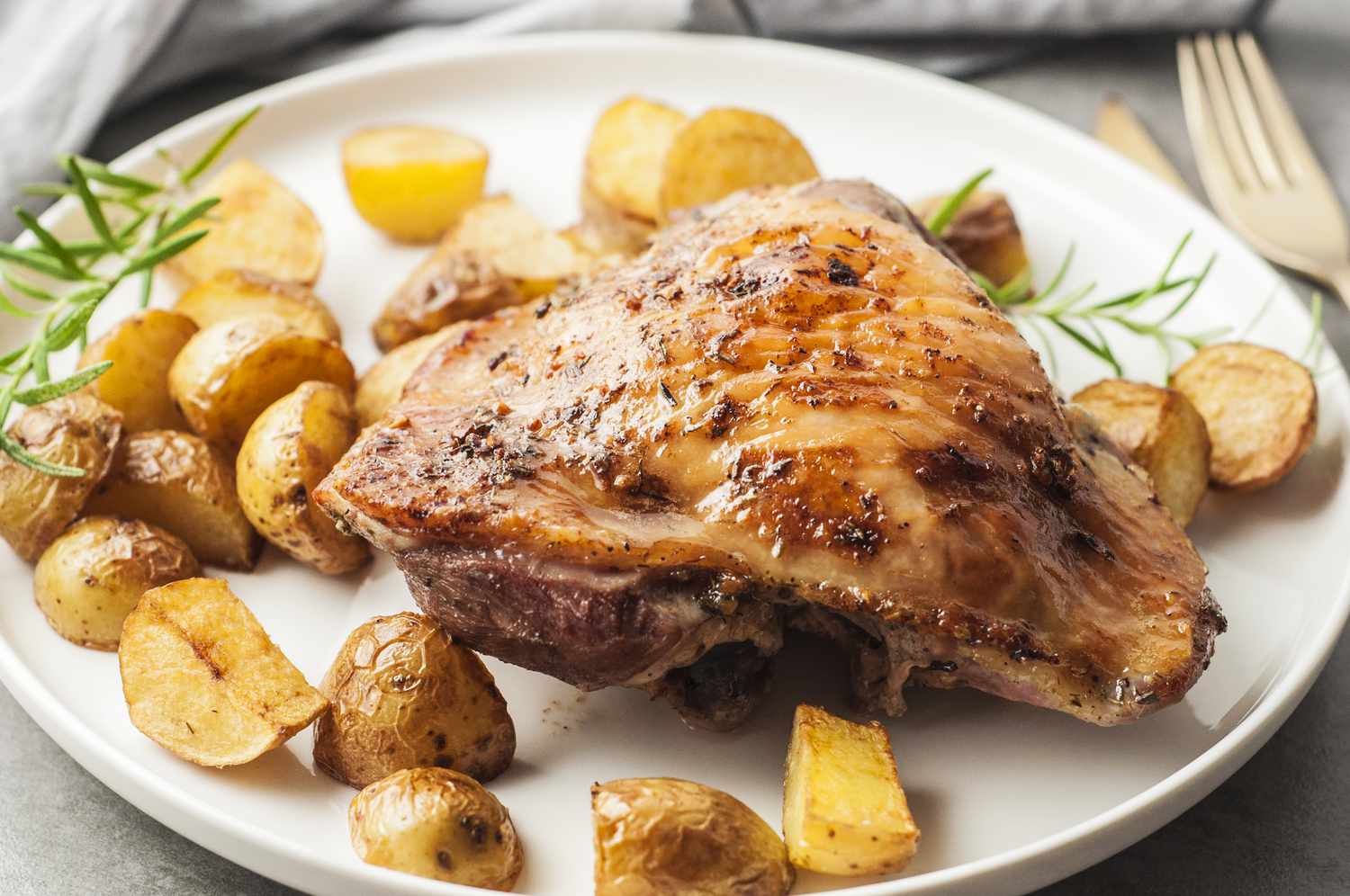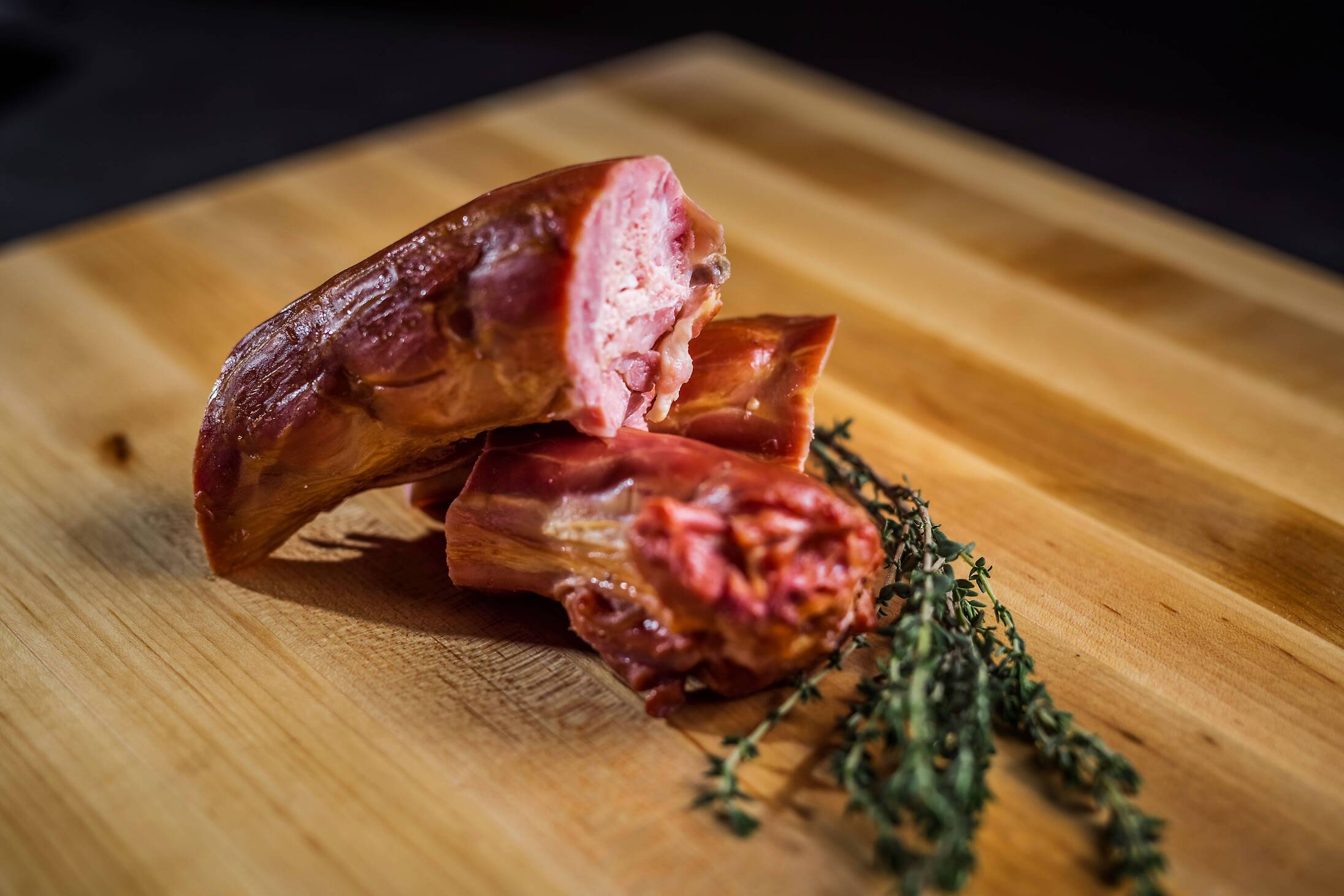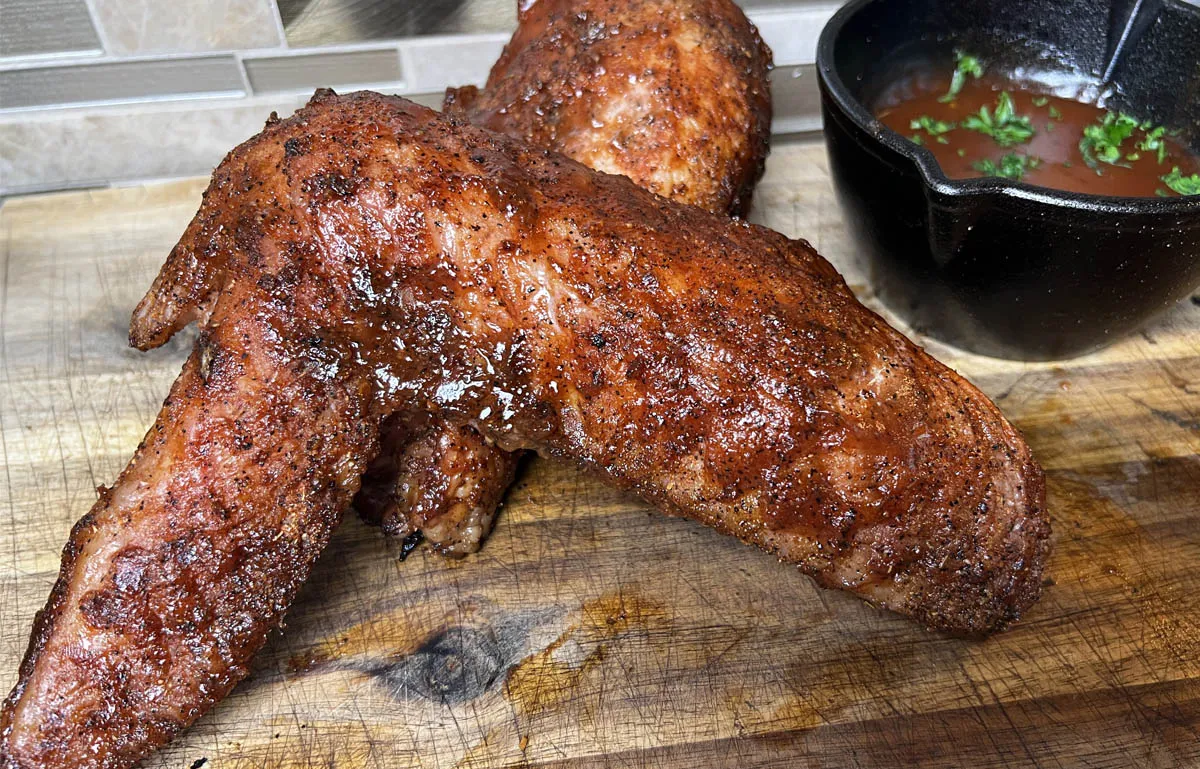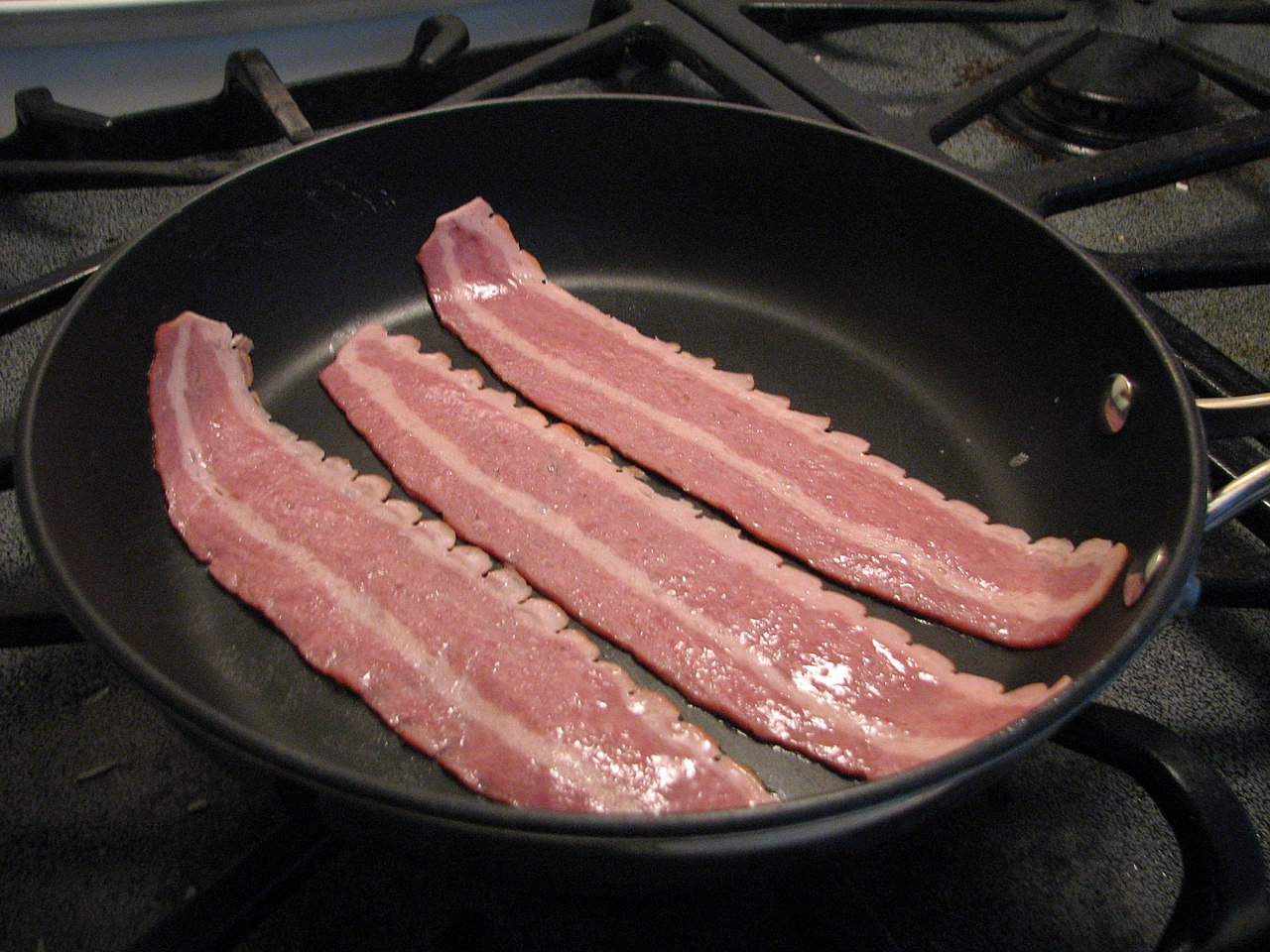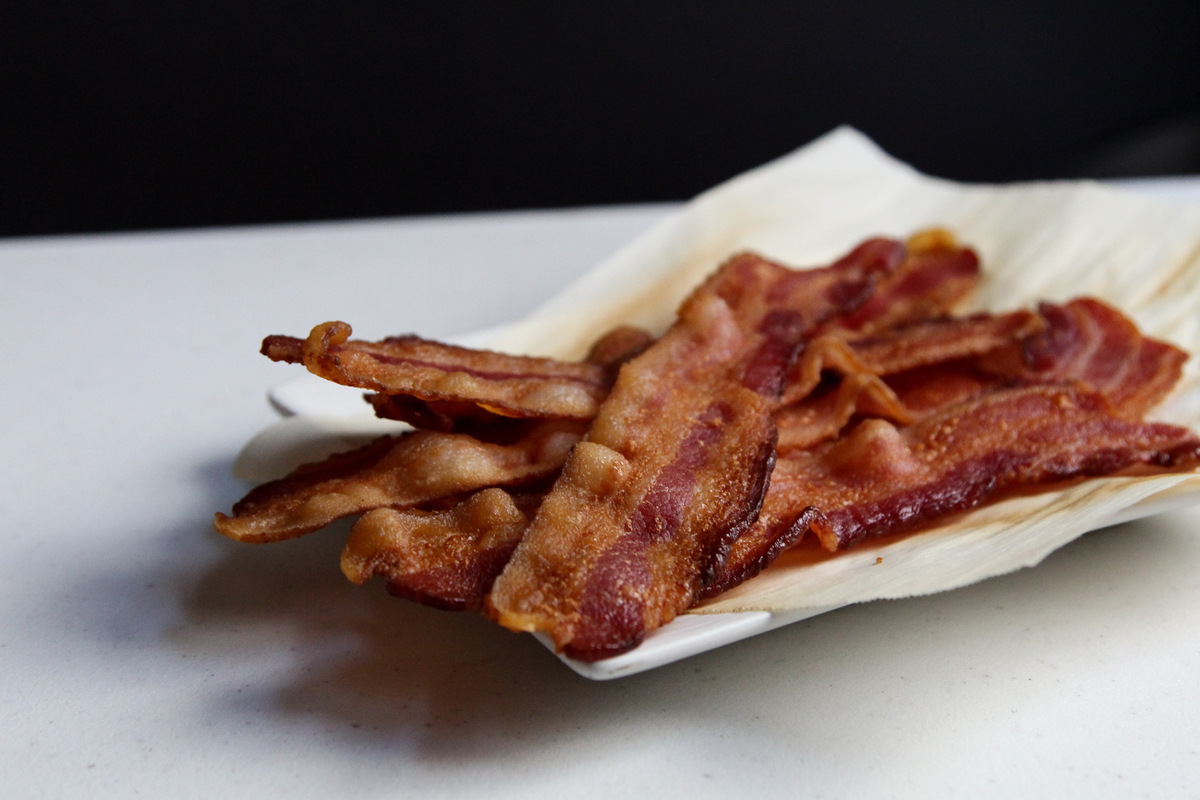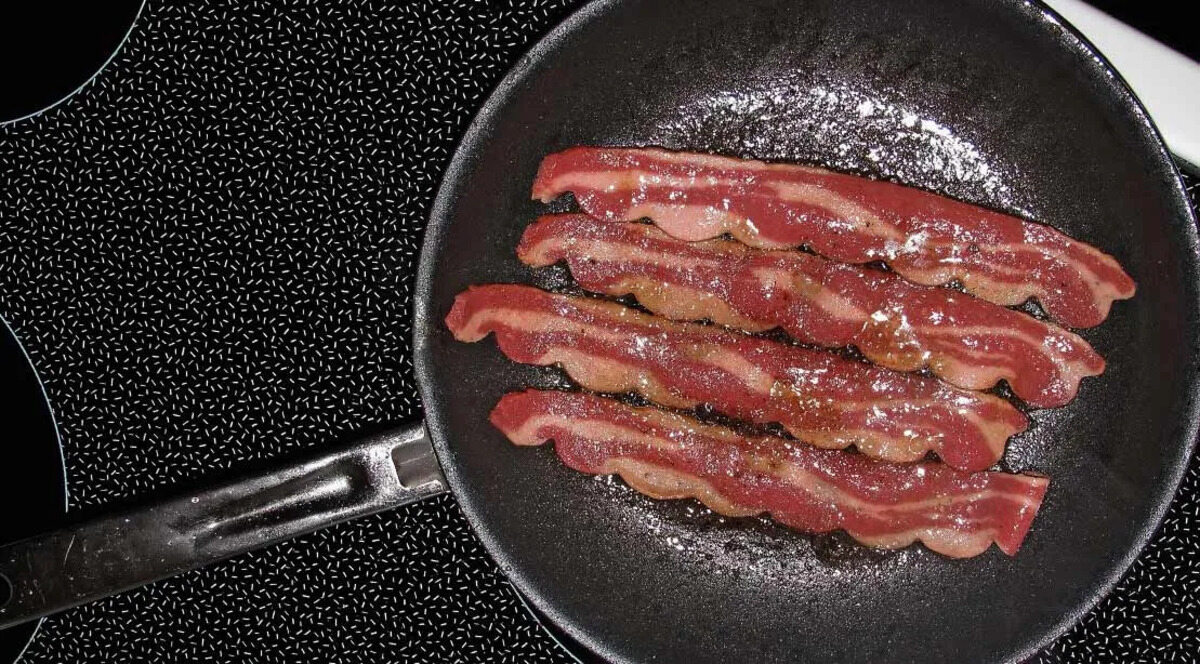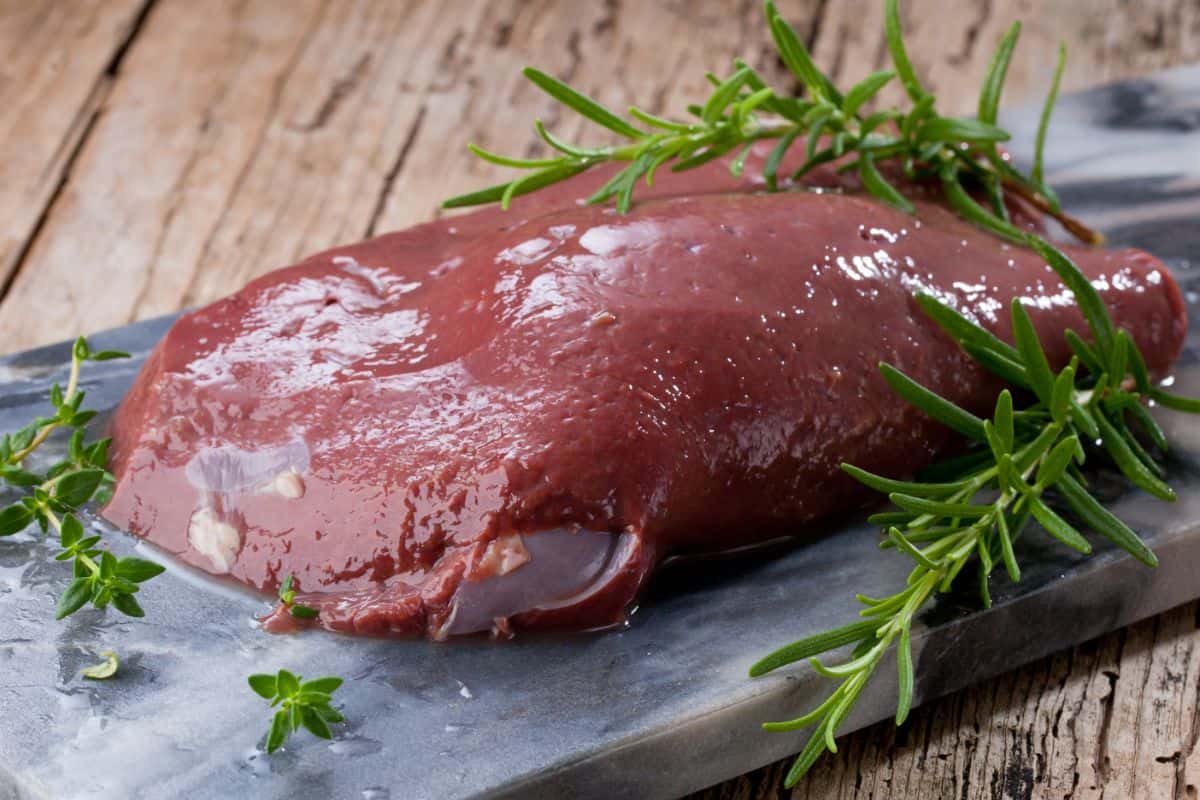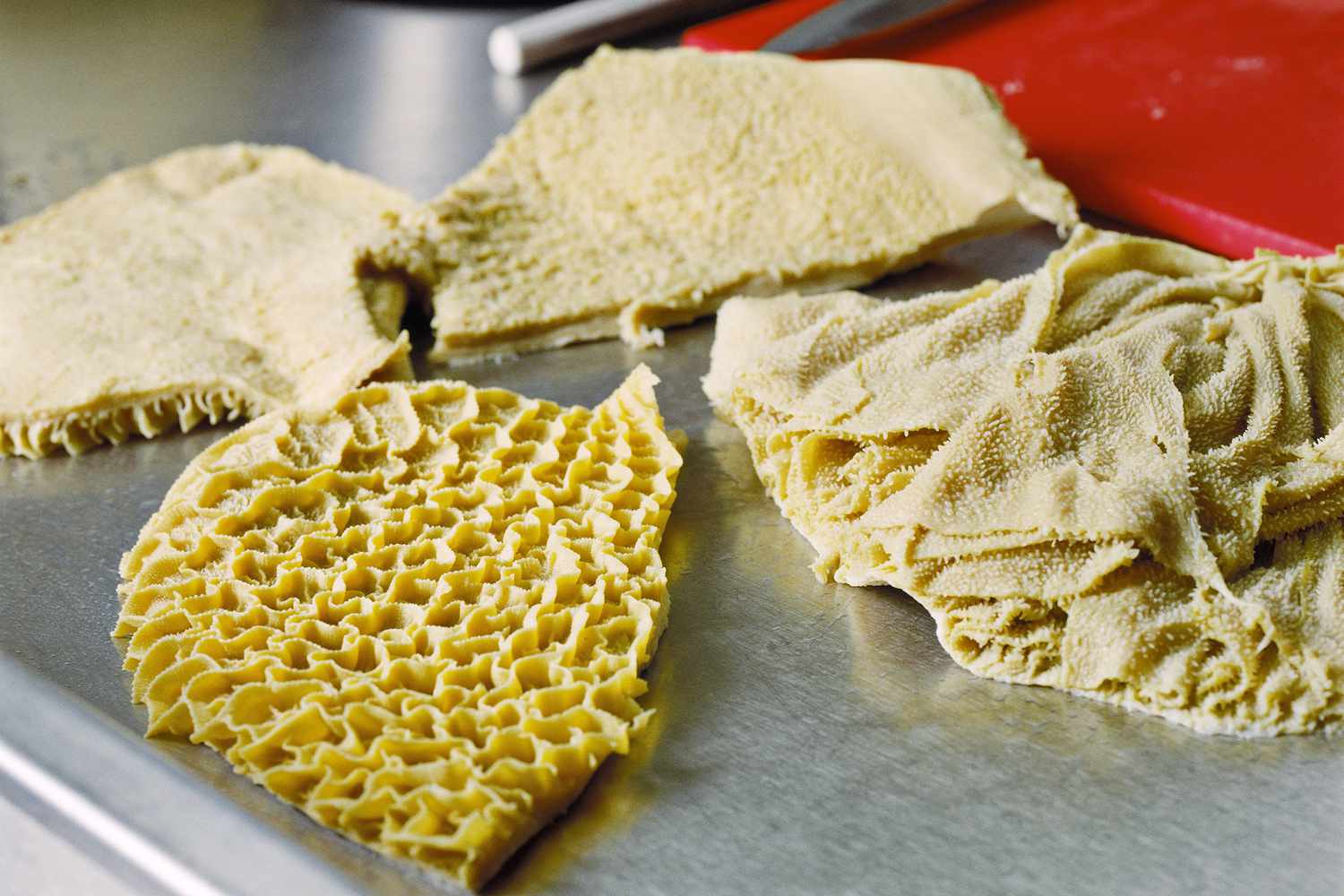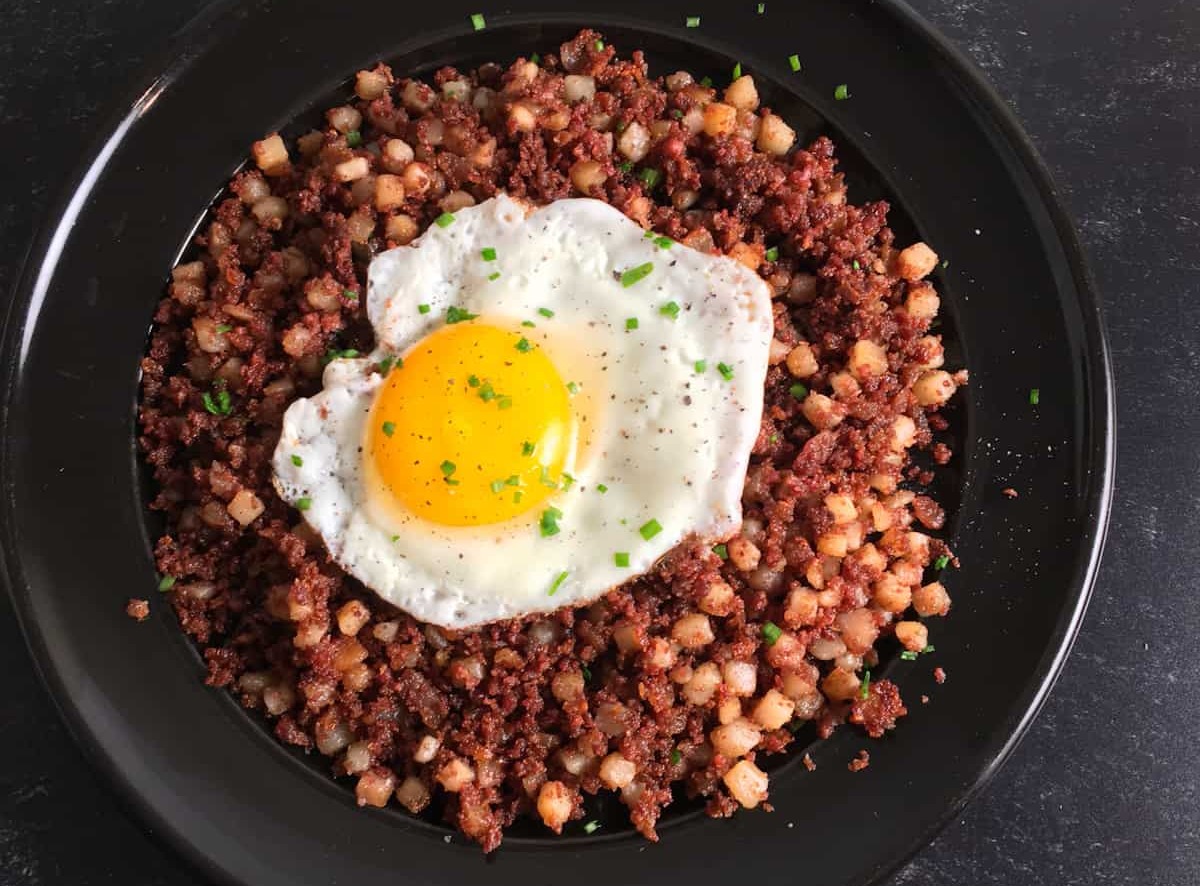How To Cook Turkey Gizzards
Are you looking for a delicious and unique addition to your Thanksgiving feast? Look no further than turkey gizzards! These small, flavorful organs are often overlooked but can be transformed into a delectable dish that will leave your guests begging for more. In this article, we will show you step-by-step how to cook turkey gizzards to perfection.
What Are Turkey Gizzards?
Before we dive into the cooking process, let’s first understand what turkey gizzards are. Gizzards are part of the turkey’s digestive system and are found in the lower part of the bird’s stomach. They play a crucial role in breaking down food and contain a unique texture and flavor. When cooked properly, turkey gizzards are tender, succulent, and packed with rich flavors.
Preparing Turkey Gizzards
First things first, you’ll need to prepare the turkey gizzards for cooking. Follow these simple steps:
- Start by cleaning the gizzards thoroughly under cold running water. Remove any excess fat, grime, or debris.
- Once cleaned, pat them dry using paper towels. This helps to remove any excess moisture and ensures better browning during the cooking process.
- Using a sharp knife, trim off any excess membrane or tough parts from the gizzards. This step will help tenderize the gizzards and improve their overall texture.
- Once the gizzards are cleaned and trimmed, you’re ready to move on to the cooking process.
Cooking Methods for Turkey Gizzards
1. Stovetop Simmering
Stovetop simmering is one of the most common methods for cooking turkey gizzards. Follow these steps:
- In a large saucepan, add the cleaned and trimmed gizzards.
- Add enough water or broth to cover the gizzards completely.
- Season the liquid with your desired spices, such as salt, pepper, garlic, or herbs.
- Bring the liquid to a boil and then reduce the heat to low.
- Cover the saucepan and let the gizzards simmer for about 1 to 1.5 hours until they become tender and easily chewable.
- Once cooked, you can enjoy the gizzards as they are or use them in various dishes, such as stews, soups, or stir-fries.
2. Oven Roasting
Oven roasting is another fantastic method to enhance the flavors and texture of turkey gizzards. Follow these steps:
- Preheat your oven to 350°F (175°C).
- Place the cleaned and trimmed gizzards in a roasting pan or baking dish.
- Drizzle the gizzards with olive oil and season them liberally with your favorite spices and herbs.
- Cover the pan with foil and roast the gizzards for about 1.5 to 2 hours, or until they are tender and well-browned.
- Remove from the oven and let them rest for a few minutes before serving. This allows the flavors to settle and the juices to redistribute.
- Serve the roasted turkey gizzards as an appetizer, side dish, or even as a main course with a delicious dipping sauce.
Final Thoughts
Turkey gizzards may not be the most popular cut of meat, but they certainly deserve a place on your dinner table. With their unique texture and rich flavors, cooking turkey gizzards is a wonderful way to add variety to your meals. Whether you simmer them on the stovetop or roast them in the oven, you’ll be pleasantly surprised by the delicious results. So, this holiday season, don’t let the gizzards go to waste – give them a try and impress your guests with your culinary skills!
Was this page helpful?
Read Next: How To Cook Ground Turkey For Dogs
